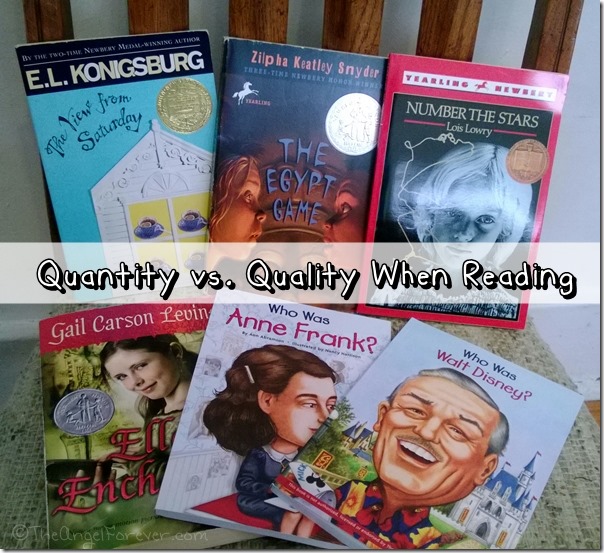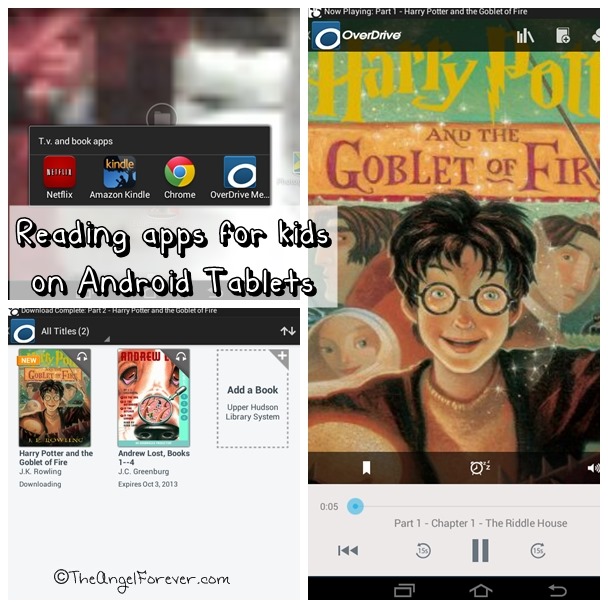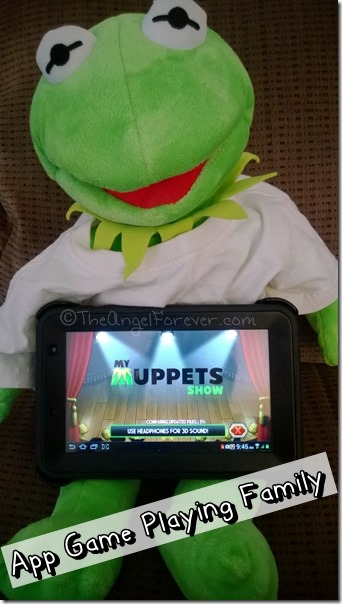It is no secret that I love to read. Of course, what some may not know is that I have not always been an avid reader. Growing up, I despised being forced to read items in school and being told that so many book reports were equivalent to an A, B,C, and so on. My mother saw that this was a quantity vs. quality dilemma. She never forced me to do more than seemed reasonable so long as I was reading. I still resent my fifth grade teacher to this day for forcing our class to read The Hobbit.

I believe I owe my mother a huge thank you for not pushing the issue and letting me figure out my own love of reading. When I was finally able to break free of required reading, I felt a weight lift off my back. I learned to love new and different genres and explored many new authors when I was studying to become a teacher. When I became a certified reading teacher, I knew that I would use my experience to help children. While many teachers may not have admitted how they felt as a child, I told my older students. Why not tell them the truth and use it to connect with them. I told them that I would be there to help them as they had to work through the books that I had selected for Language Arts that year. We changed things up, worked together, listened to audio books, and kept thinking outside of the box. I knew that not every student would adore the books I picked, but it was my role as the teacher to get them through them and learn from the titles.
So why am I mentioning this?
Two things have come up recently that have frustrated me as a parent and educator. This summer, our local library changed the summer reading problem. My boys have adored it for many years, but this year it did not click. Rather than focus on the time read and encouraging children to read, it was all about the number of books and completing games for prizes. While this was apparently quite popular with other children (their numbers were high), it was not with us. My oldest was reading Harry Potter books. He tuned out and never wanted to go back and once again my reluctant reader was back. In the past, the library program kept track of every fifteen minutes that children read. After so much time, they received a prize like a pencil, ice cream cone coupon, or something else. This spoke to my kids, especially my reluctant reader. He could read his books about facts during the day and more of Harry Potter at night. It was an amazing motivator and he was reading an hour or more each evening before bed during the summer.
The next thing that I do not understand is requiring a specific amount of books to be read during a school year. Sure, it may work for younger elementary age students who are learning to read and emerging with leveled reading and picture books. The reality is it blows up after second or third grade when kids have moved onto chapter books. This is once again pushing the quantity versus quality button in my brain. It also discourages children from pushing themselves further and trying more challenging books. Why would they want to if it is simply the number that counts and not titles, authors, or time actually spent reading. Why yes, this also can lead more children down the path to being a reluctant reader.
So my questions to you this week:
How do you encourage your children to read without stepping on toes and making them reluctant readers? Have you ever had a time when you did not like to read or perhaps your children? I would love to know what you did and how you helped to remedy this.

Thanks to Kailani at An Island Life for starting this Friday fun. These days, Pamela at A Renaissance Woman is reviving the fun Friday Meme. Head over there to link up and join in the fun.

Aloha #253
















